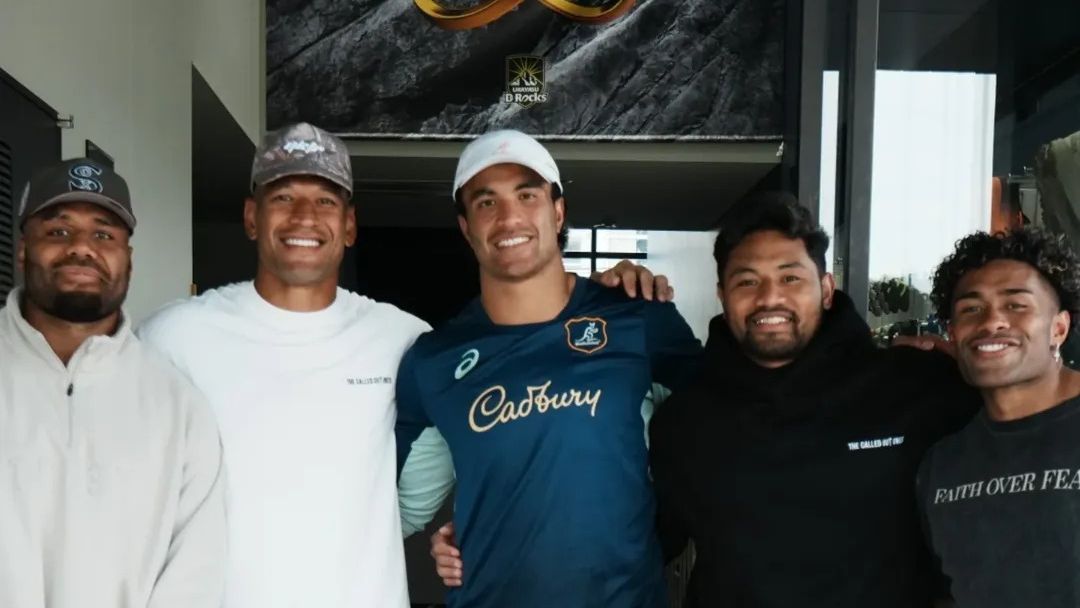In a surprising turn of events, former Test fullback Israel Folau has made his first appearance in Wallabies camp in seven years as the group prepares for their opening Test of their end of year tour against Japan on Saturday.
Infamously dumped…

In a surprising turn of events, former Test fullback Israel Folau has made his first appearance in Wallabies camp in seven years as the group prepares for their opening Test of their end of year tour against Japan on Saturday.
Infamously dumped…